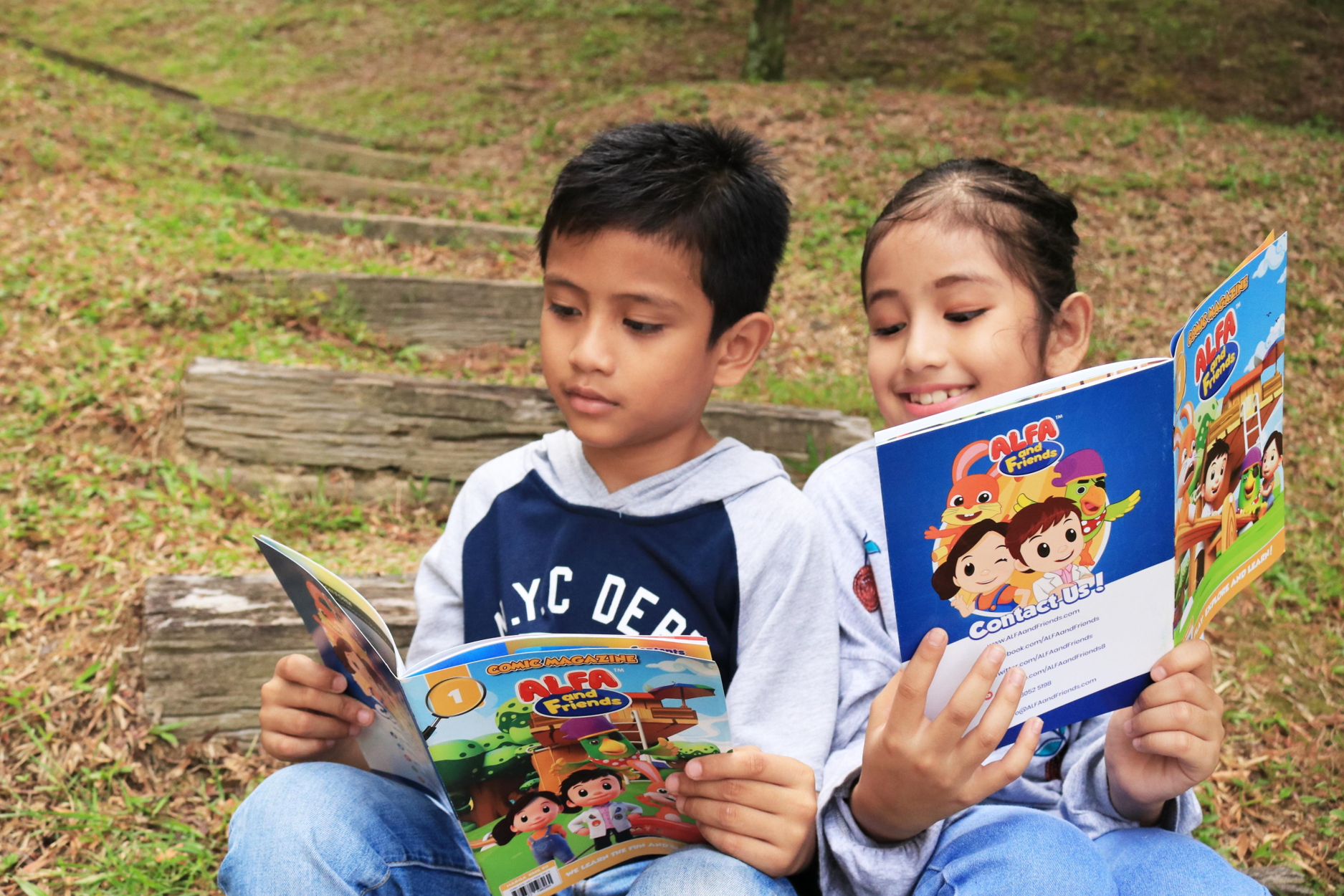In education, creativity and innovation go hand in hand in which creativity is a skill that is often actively involved in the process of innovating.
Creativity brings in the humanistic element into innovation where mechanized skills such as design thinking and problem solving are applied. In the classroom, creativity and innovation offer learners opportunities to showcase their capabilities in a student-centered environment.
The integration of creativity and innovation into science education is part of an effort to dismantle the rigidity of the subject to emphasize authenticity and meaning in the input and output of the teaching and learning process. Contexts of science that are authentic and meaningful motivate learners to achieve learning outcomes as they are able to connect the knowledge and skills into the real world.
In acknowledging its advantages in science education, it is crucial for teachers of 21st century learners to truly understand the significance of creativity and innovation in the science classroom to ensure equal weight is placed on both skills. While this may seem like a daunting task for educators, there are many ways to incorporate and evenly distribute both creativity and innovation in the teaching and learning of science:
1- Be Encouraging
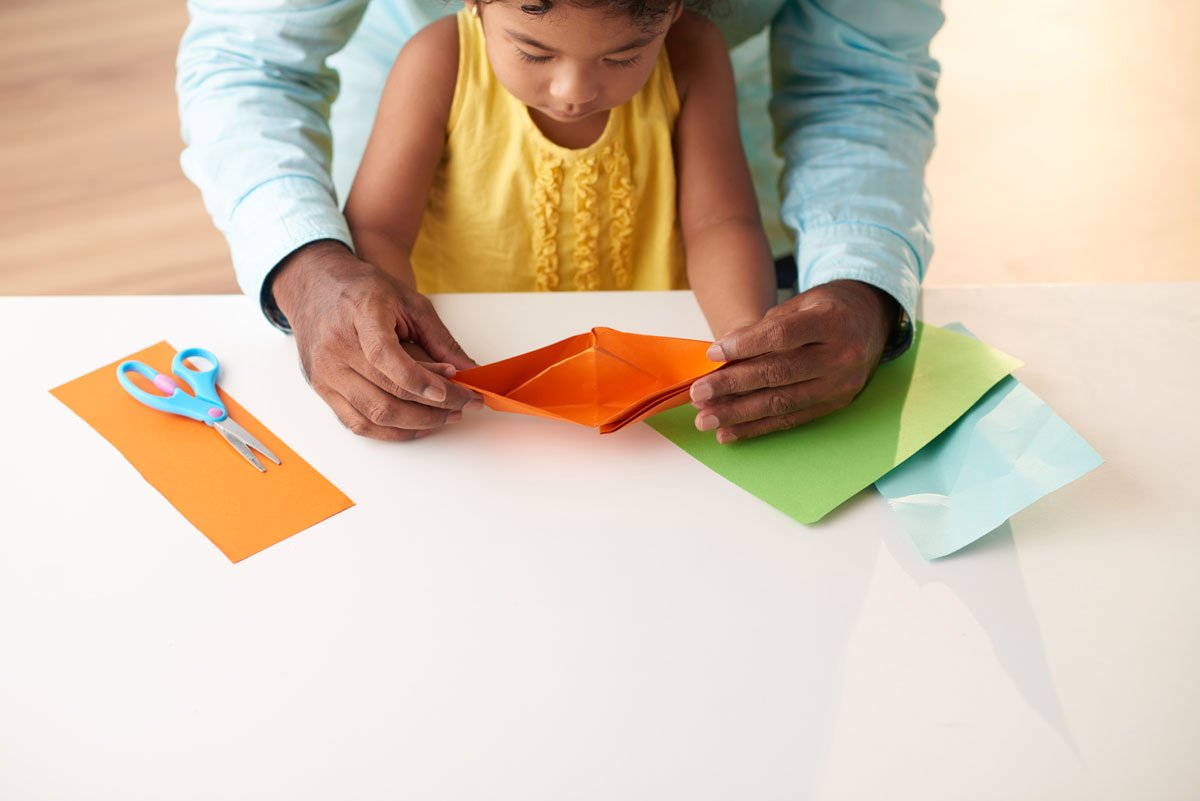
One of the biggest mistakes a teacher can make in trying to incorporate creativity into innovative teaching and learning is furnishing a learning environment of conformity and rigidity in the classroom. In order to encourage creativity among learners, a teacher must allow learners the ability to fully express themselves in whatever way they choose.
Be attentive to the different ideas and opinions of each learner in the classroom and soon, you will be able to build a nurturing relationship with your students where they are not afraid to participate and contribute to the learning process.
2- Be Passionate
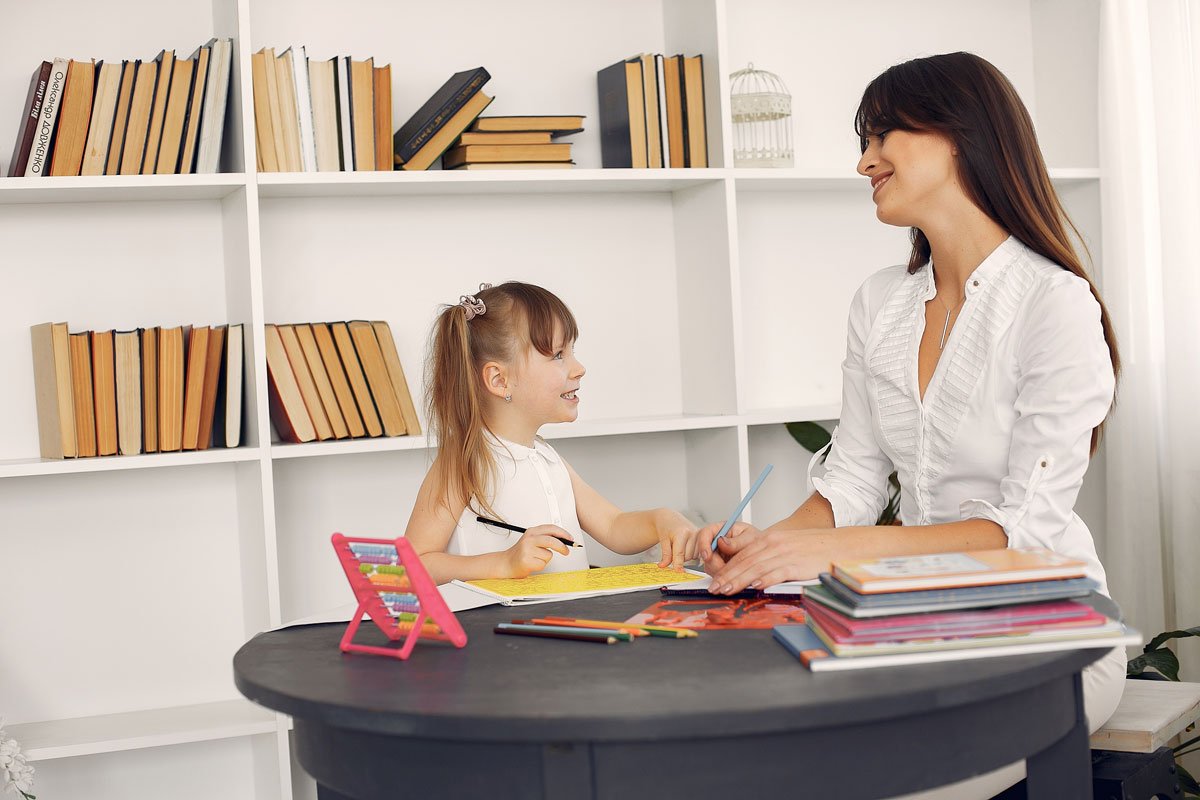
Learners thrive when their teachers are passionate in what they are learning. Teachers often neglect the impact of their behaviour and attitude in the classroom to the effectiveness of the teaching and learning process.
Students are quick to notice if their teachers lack passion in the subject that they are teaching as a teacher who is not passionate will not be motivated enough to put in effort to ensure smoothness and effectiveness in the lesson delivery..
For science teachers, it is crucial that you know the ins and outs of the learning content for your knowledge is the only guide and source of enrichment to your students’ learning experience.
3- Value Every Idea
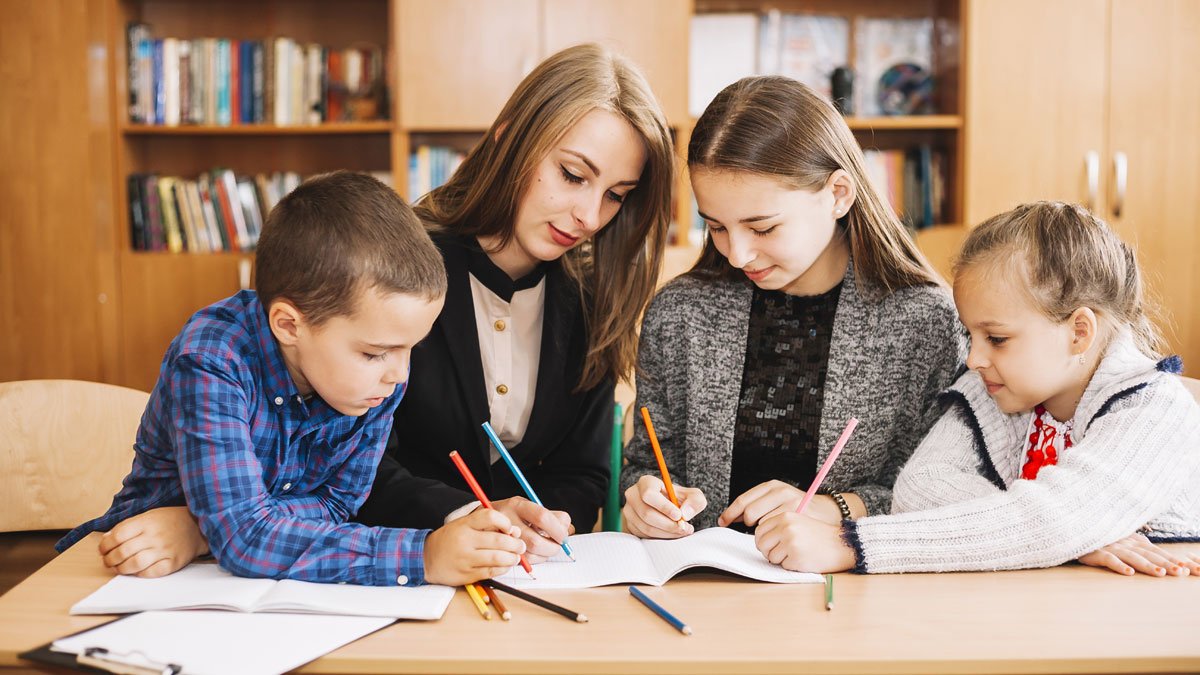
To encourage creativity in building innovative learners, the teacher must be willing to appreciate and value every contribution a student makes to the learning process. The key here is positive reinforcement and criticism that allows the learners to improve and widen their perspectives on the different areas of learning.
Within a science classroom, this is when the teacher has to take into account real life experiences and context into the content of learning. This allows the teacher to be understanding of the differences in each and every student, conversely eradicating prejudice and biased assessments.
4- Differentiate Teaching and Learning Tools
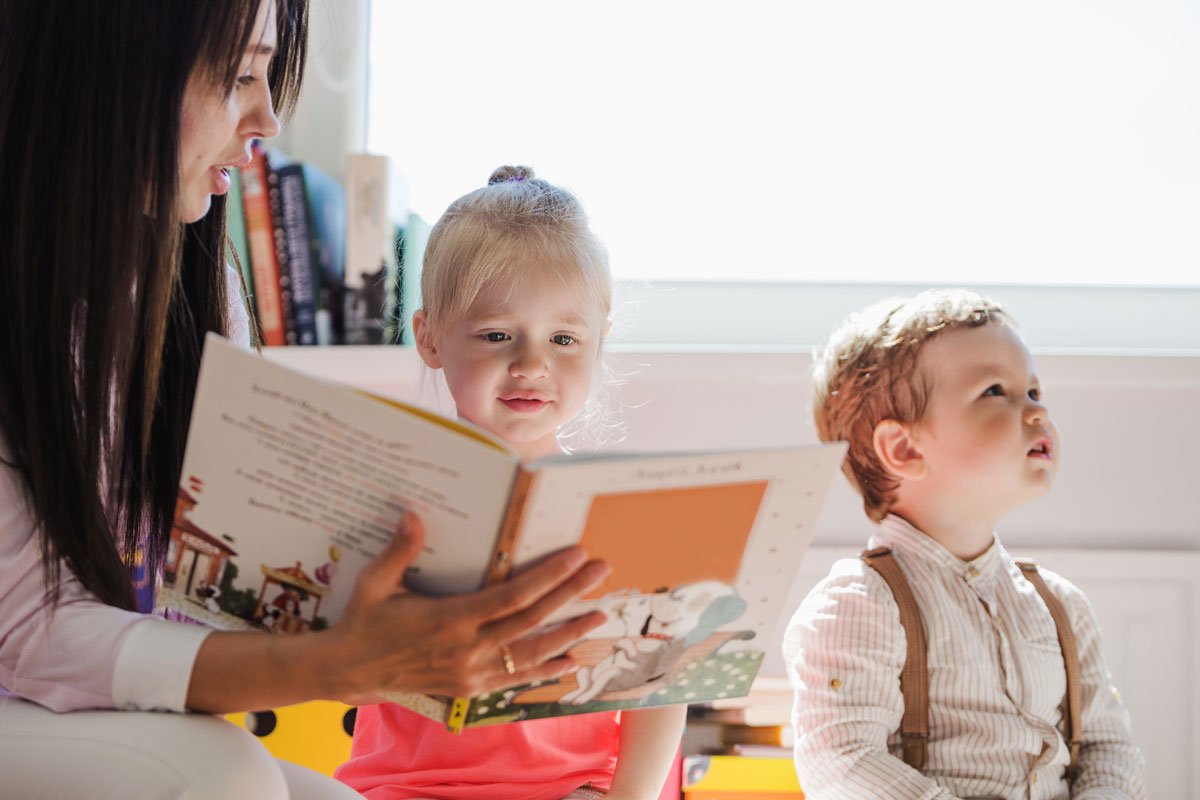
To encourage creativity and innovation is to be creative and innovative yourself. As teachers, exploring different options in lesson delivery helps to increase and improve students’ engagement in the classroom. It also caters to the different types of learners that you may find in the classroom. For instance, some learners are more confident to participate in group activities while others prefer to work alone.
When you differentiate your teaching and learning tools, think about how it will help your learners to confidently be their best self in the learning process. Rather than just sticking to science experiments, you can include observation sheets, online resources, learning gadgets, and many more. You will soon find your creativity and innovation reflected onto your students.
5- Differentiate Input and Output
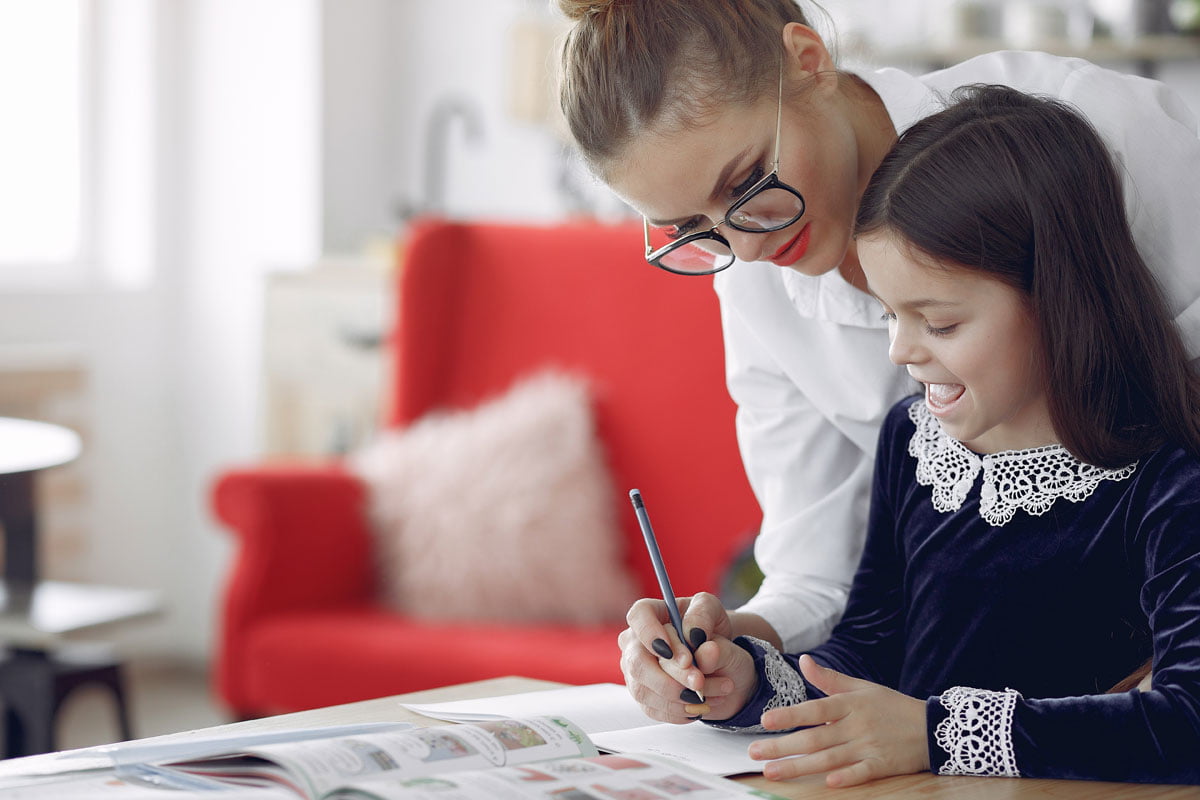
With varied teaching and learning tools, comes varied input and output. This is related to how you value every contribution each learner makes in the classroom. By differentiating the way you deliver the lesson, students will also produce different products of the lesson.
You need to establish a mindset that the most important part of assessing your students is whether they have achieved the intended learning outcomes. Whatever way your learners have decided to do in order to achieve the outcomes will not matter if you impose a flexible and accepting learning environment. This prevents students from feeling discouraged and lost when they are not able to keep up with the lesson because they know there are many ways to acquire the knowledge or skill of the lesson.
6- Recognize Different Levels of Learners
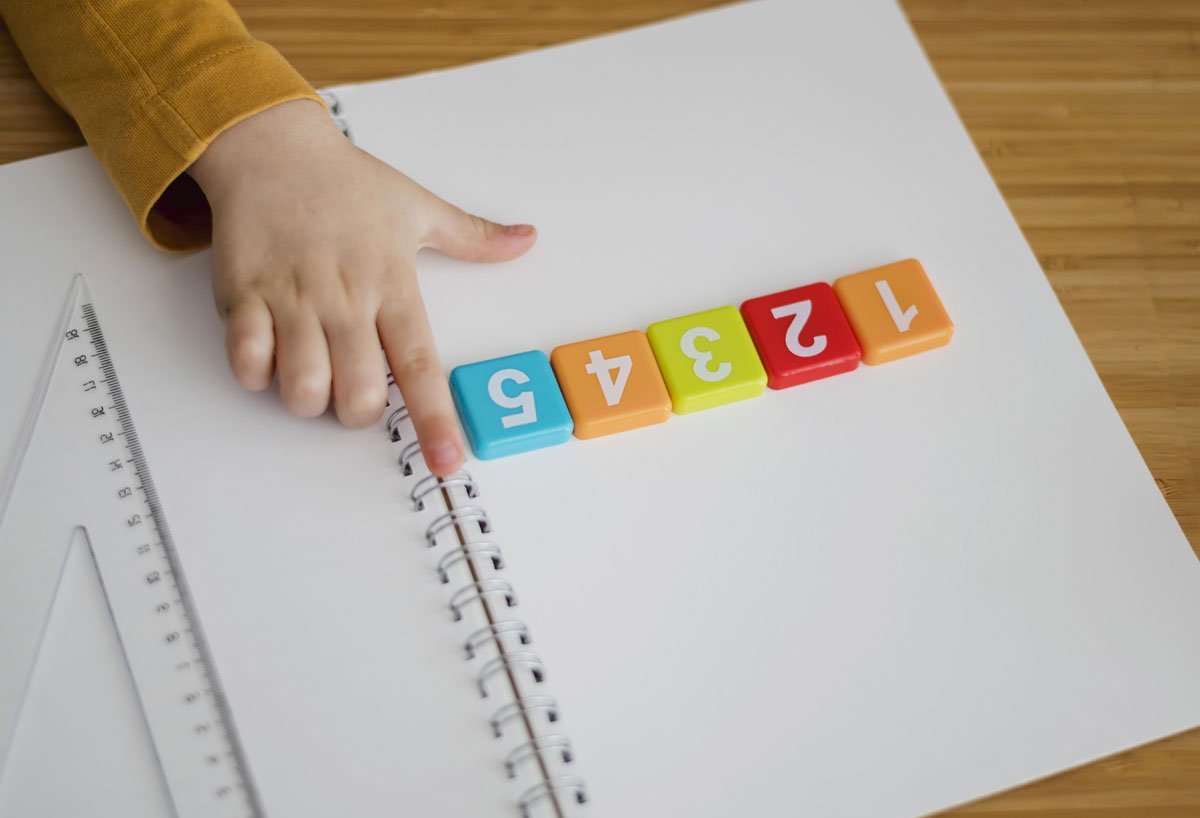
The benchmark for creativity and innovation is definitely different for every age group of learners. The youngest of learners being children have different success criteria than older learners.
How is this so? For example, in a STEM kindergarten, the learners display creativity and innovation at ground level in which they still require the teacher’s assistance and guidance in order to be proficient in applying both skills in completing the assigned tasks.
Older learners are more independent where creativity and innovation can be embedded into the learning content inexplicitly. Children, on the other hand, need to be taught on the foundations of creativity and innovation which will take a lot of scaffolded practice in the classroom.
There are many more ways to enhance creativity and innovation in science education. In many ways, the teaching and learning of science have transformed to be more fluid and borderless as the era moves towards a more inclusive and collaborative approach to learning. And for that, let’s embrace the change for the betterment of our future generation.





